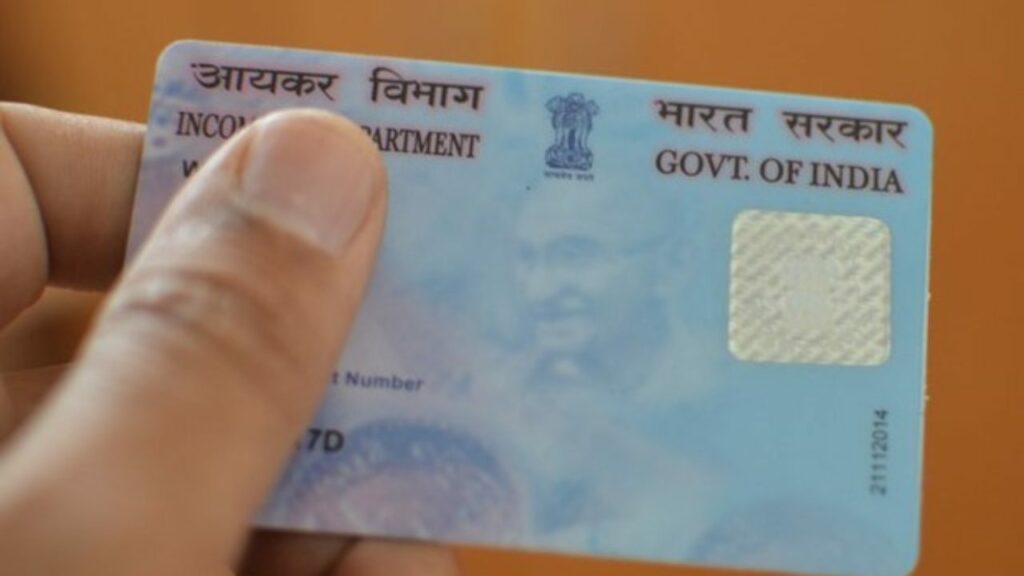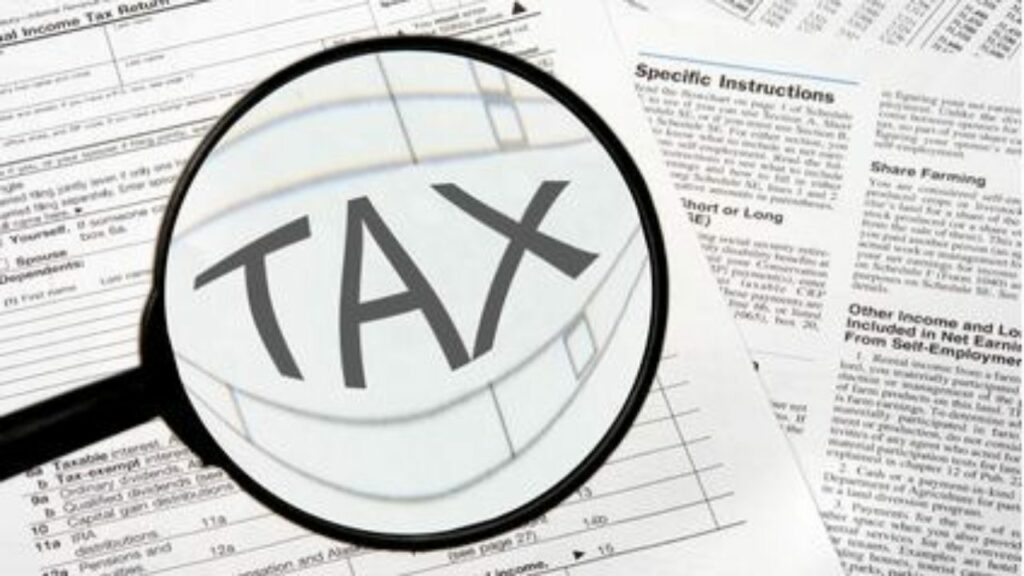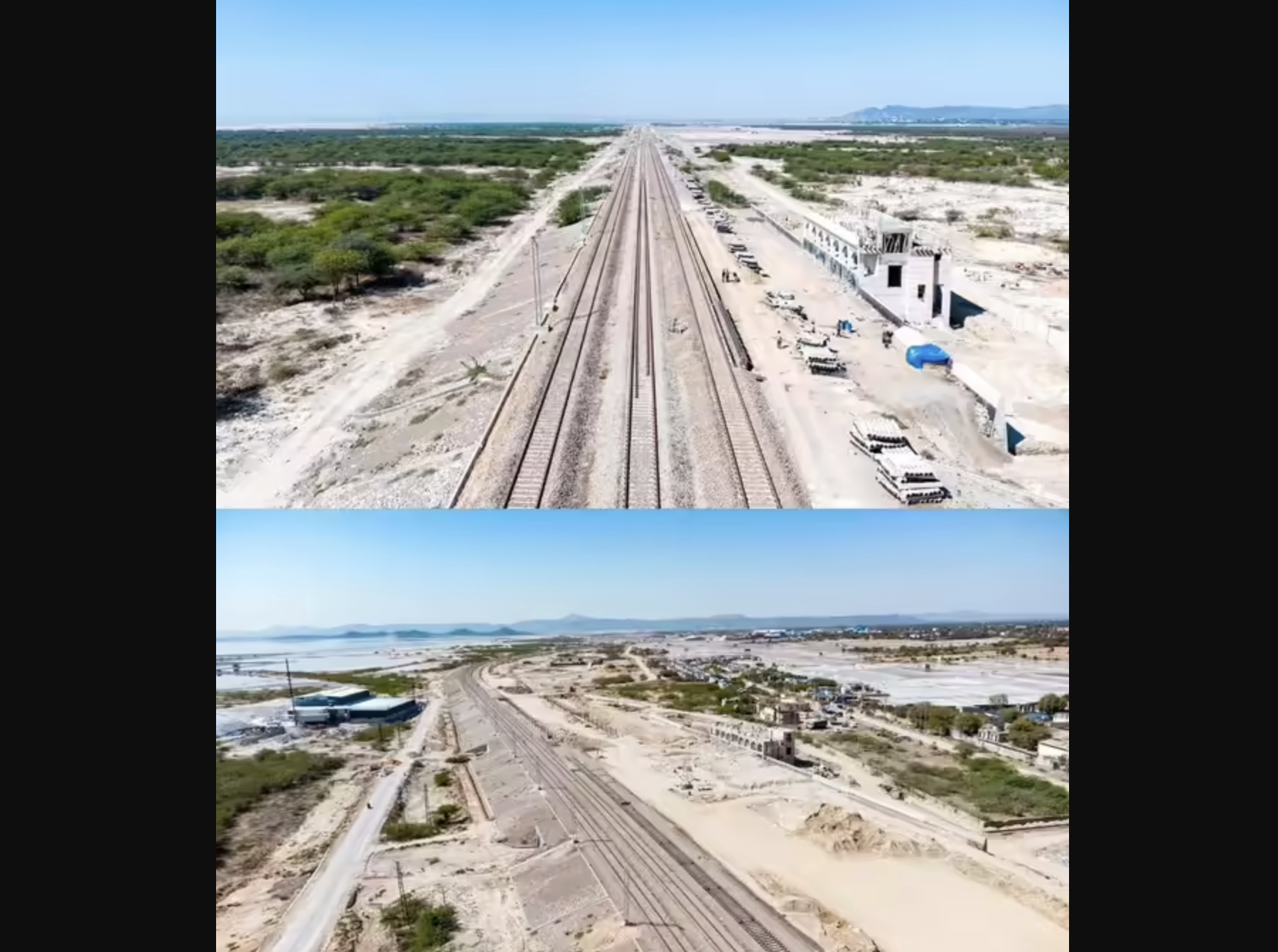In a groundbreaking step towards sustainable transportation, Indian Railways is set to launch the country’s first hydrogen-fueled train by March 31. This innovative move will place India alongside global leaders like Germany, France, China, and the United Kingdom in adopting green mobility solutions.

As part of a broader clean energy initiative, the Ministry of Railways allocated Rs 2,800 crore in 2023-24 to develop a fleet of 35 hydrogen fuel cell-based trains. These trains, designed by the Research Design and Standards Organisation (RDSO), will be entirely Made in India.
Indigenous Innovation and Deployment Plan
The Integral Coach Factory (ICF) in Chennai is currently manufacturing the first hydrogen train, which will operate under Northern Railway’s Delhi Division on the Jind-Sonipat route. This 89-km stretch will serve as the pilot route before expanding further.
Railway Minister Ashwini Vaishnaw emphasized that the train is being developed using fully indigenous technology, reinforcing India’s self-reliance in advanced transportation. The project involves retrofitting hydrogen fuel cells onto a diesel-electric multiple unit (DEMU) rake, making it a state-of-the-art transformation.
A Technological Marvel with Unmatched Power
India’s hydrogen train will be among the longest and most powerful hydrogen-powered trains globally. With a staggering 1,200 horsepower (HP), it surpasses similar trains worldwide, which typically operate with engines between 500 to 600 HP.
Hydrogen fuel cells will generate electricity by combining hydrogen and oxygen, producing only water vapor as a byproduct. This ensures a completely zero-emission transport solution, marking a major leap towards eco-friendly rail travel.
Hydrogen Infrastructure and Safety Measures
To support the train, Indian Railways is setting up integrated hydrogen production, storage, and dispensing facilities. Safety approvals from the Petroleum and Explosives Safety Organisation (PESO) are already in place.
Vaishnaw reaffirmed Indian Railways’ commitment to alternative energy-powered transportation, highlighting the project’s role in shaping a cleaner and greener future for the country’s rail network.
4o













